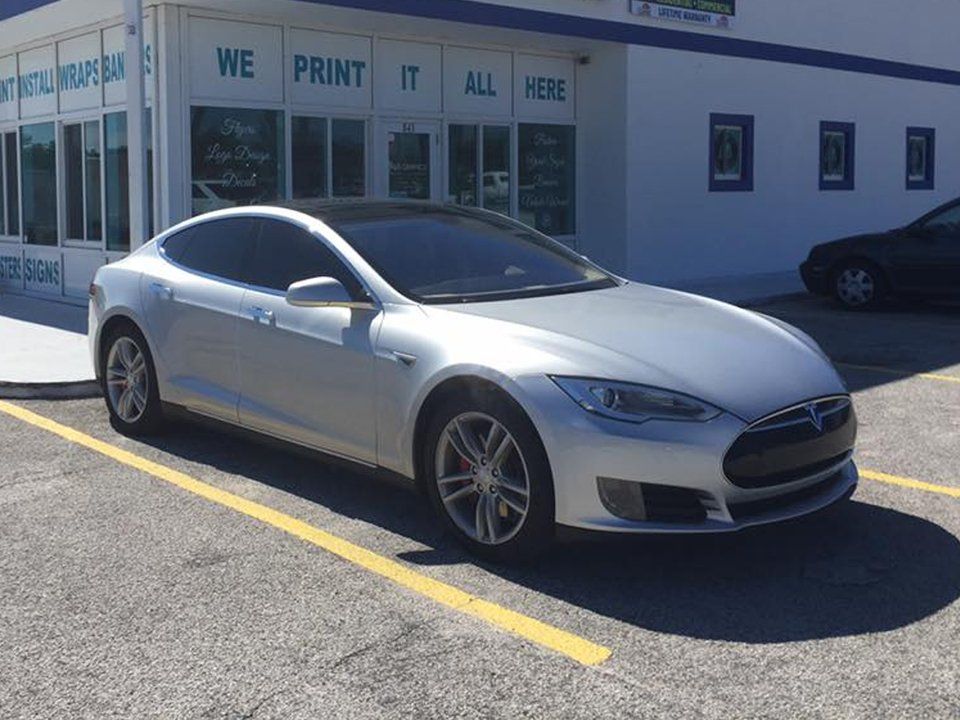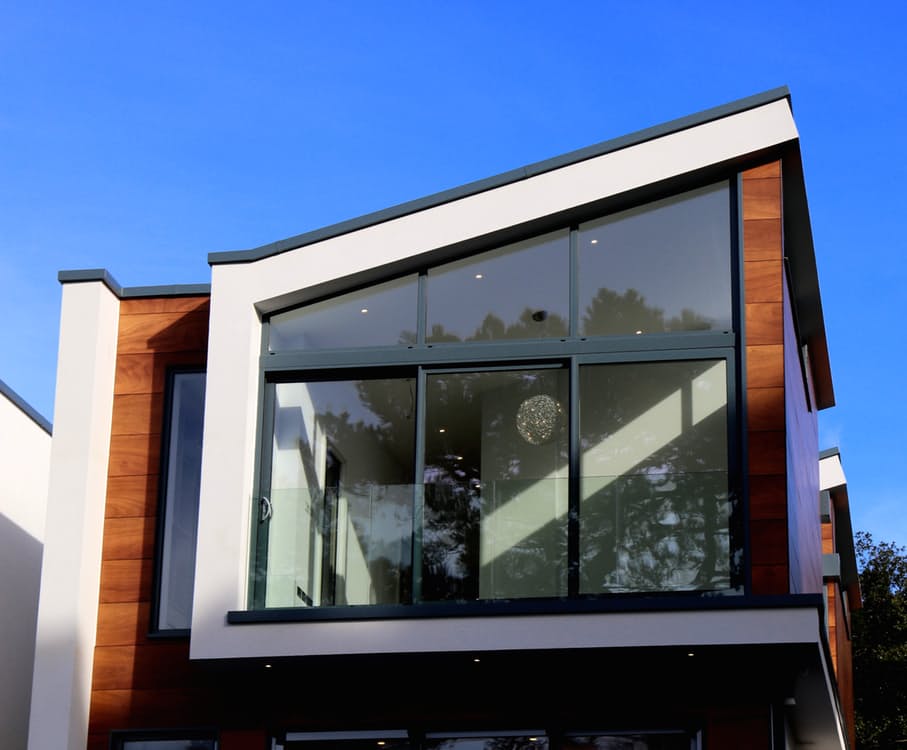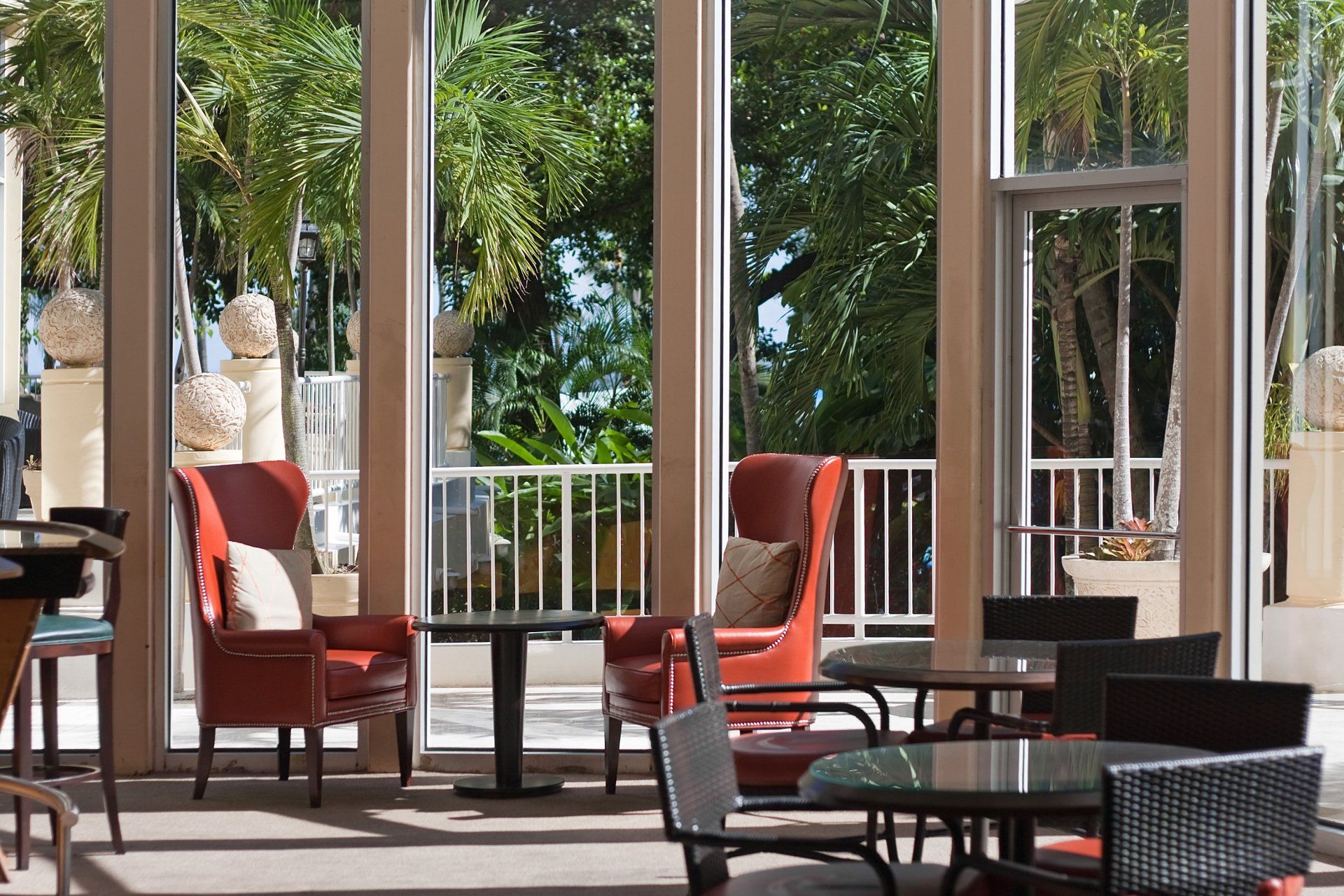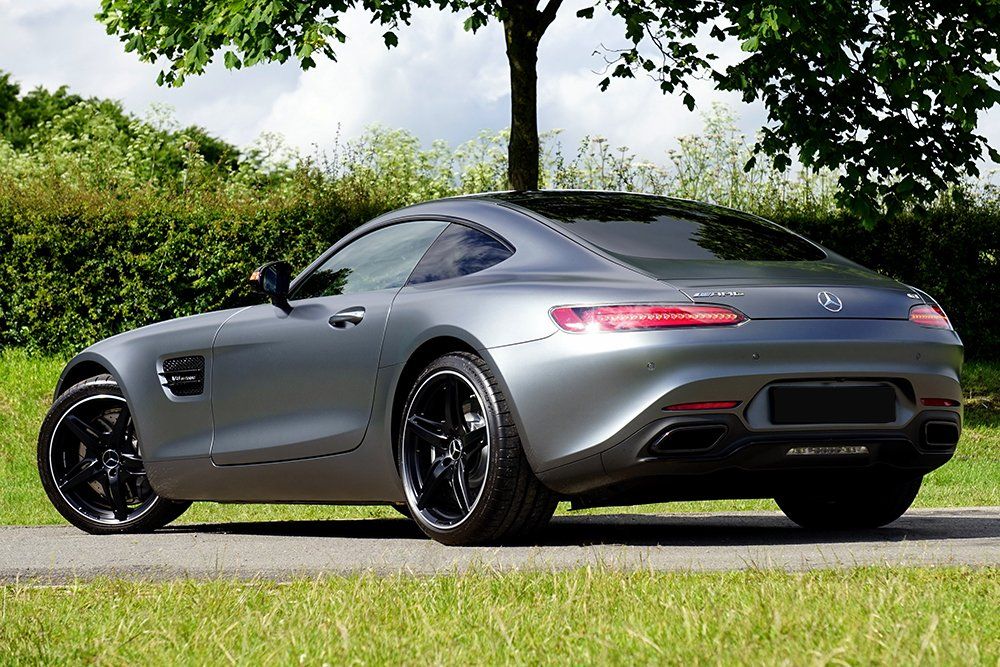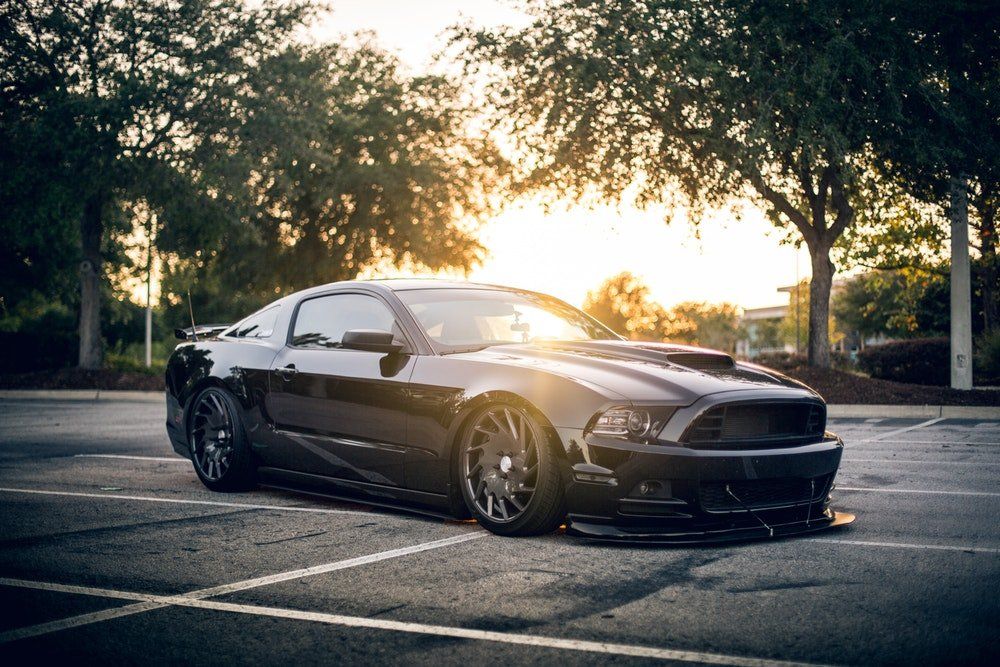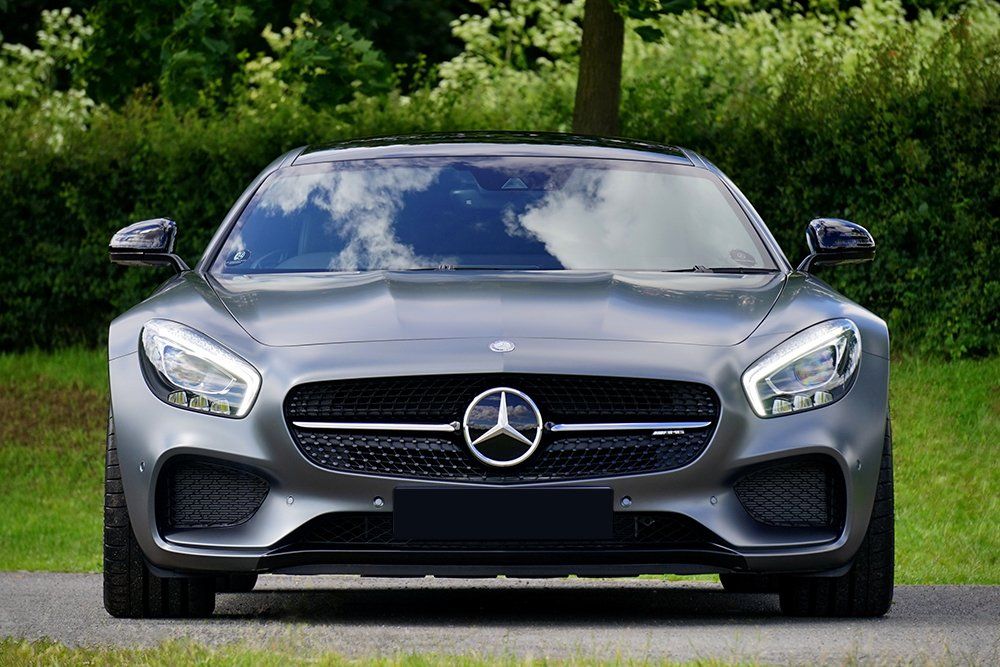2705 N Cocoa Blvd, Cocoa, FL 32922
AUTO WINDOW FILM OPTIONS
TYPES OF WINDOW FILM
- Dyed Window Film
The most economical type of window film that is used primarily for appearance. It blocks light rays by the addition of dye to the film; the dye is placed in a layer next to the adhesive, and then applied to the window. Solar heat is absorbed by the dye in the film, thus preventing some of the heat from entering through the window. From the outside, dyed film looks flat and opaque, providing some privacy while still permitting visibility from the interior; when used on the windows of an automobile, it will appear black. The dye does tend to fade with time, however. The heat-reduction provided by most varieties of dyed film is not extremely high.
- Metallized Window Film
Metallized film is like dyed window film as it reduces heat by reflecting it away with very small metallic particles – invisible to the eye – embedded in the film. This metalilized film will also strengthen the window and make it more shatter-resistant. Metallized window-tinting film creates a shiny appearance from the outside. It is more resistant to scratches than dyed film. Becuase it is metallized film, the flaw is that the metallic content has a tendency to interfere with GPS transmission, cell phone and radio reception.
- Carbon Window Film
Carbon film doesn’t have any metal in it, so the issue with GPS, cell phones, and radio transmission doesn’t get effected. Carbon window-tinting film is dark and matte-finished, so it is great option to enhancing the appearnce of your windows. The carbon content of the film blocks about 40% of the infrared light (the kind that causes warmth) that enters through the windows. Carbon window-tinting film is about as effective as other varieties in blocking heat. It will effectively cool the inside space while also helping prevent fading to upholstery. Thus the air conditioning will not need to work so hard to cool the space during the summer, nor will the heating system be so heavily impacted during the colder seasons. Unlike dyed film, carbon film will not fade with time.
- Ceramic Window Film
The most expensive but highest quality of window film which contains neither metal, dye, nor carbon, but instead a kind of ceramic particle that is both nonconductive and nonmetallic. Ceramic film has only recently appeared on the market, but has already proven its worth in terms of performance and reliability. Ceramic window-tinting film cuts from 45% to 50% of the solar heat that enters through the windows in the form of infrared light, while allowing maximum visibility both by day and night. Like carbon film, ceramic window-tinting film allows maximum efficiency in the functioning of radios, cell phones, GPS systems, and all other such devices being operated from inside the protected space. It surpasses the other types in its resistance to glare and fading, and renders windows highly shatter-proof. Ceramic film is also most effective in its blocking of ultraviolet light from the interior; in the case of ultraviolet light (the kind of light rays that contribute to sunburn and skin cancer), ceramic window-tinting film can block up to 99% from entering the interior.he most economical type of window film that is used primarily for appearance. It blocks light rays by the addition of dye to the film; the dye is placed in a layer next to the adhesive, and then applied to the window. Solar heat is absorbed by the dye in the film, thus preventing some of the heat from entering through the window. From the outside, dyed film looks flat and opaque, providing some privacy while still permitting visibility from the interior; when used on the windows of an automobile, it will appear black. The dye does tend to fade with time, however. The heat-reduction provided by most varieties of dyed film is not extremely high.
Solarwaves Window Tinting
2705 N Cocoa Blvd
Cocoa, FL 32922
(321) 243-3666
Business Hours:
Monday - Friday: 9am to 5pm
Saturday - Sunday: CLOSED
All Rights Reserved | Solarwaves Window Tinting


